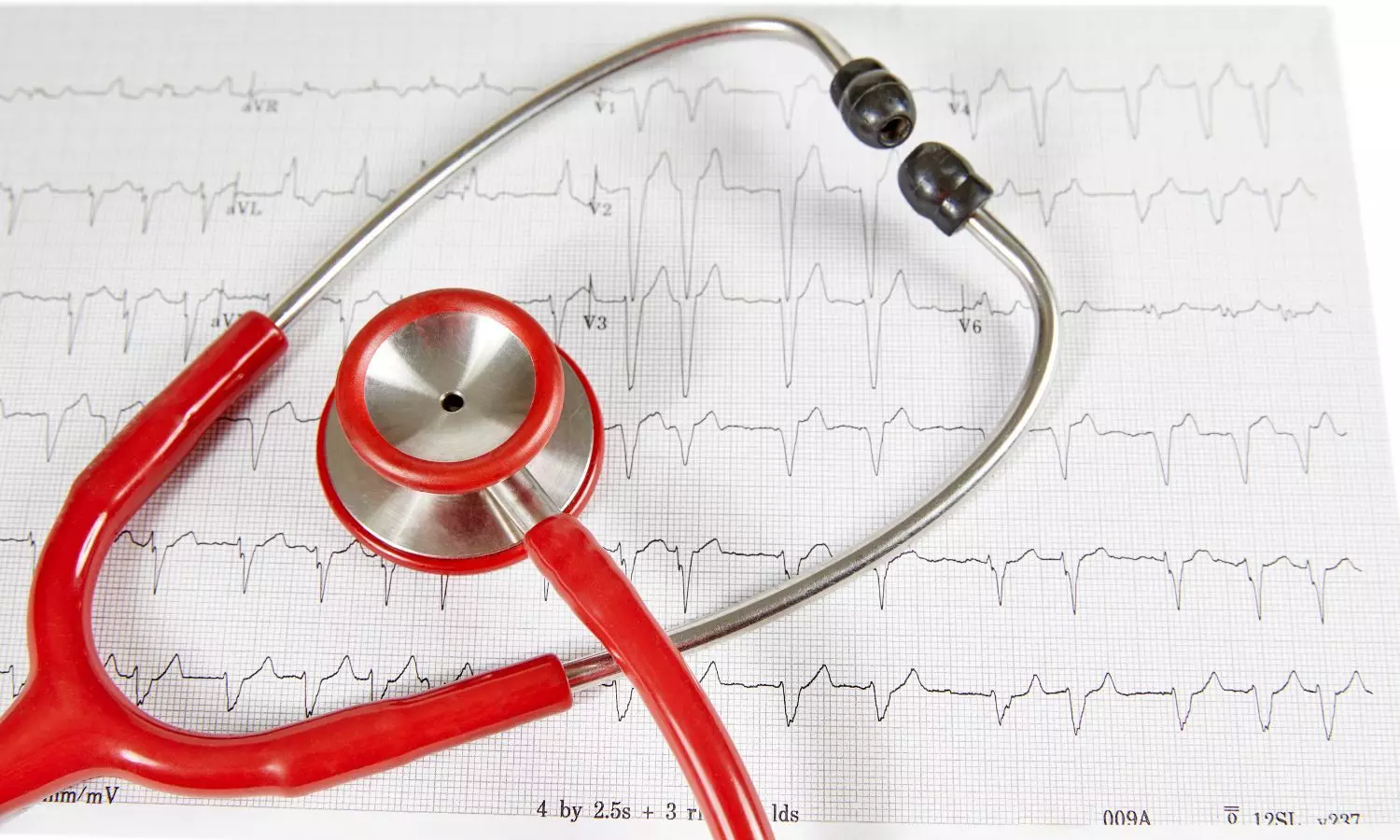Next-generation leadless pacemakers are revolutionizing the treatment of abnormal heart rhythms

We see tiny palm-sized batteries fueling the most sophisticated gadgets today. Now, imagine an even smaller device powering the human heart to beat steadily. This next-gen cardiovascular technology, a leadless pacemaker, is designed to manage irregular heart rhythms or arrhythmias.
Arrhythmias occur when the heart beats too fast, too slowly, or irregularly. If left untreated, they can lead to serious complications for patients, even becoming life-threatening. One common type is bradycardia, where the heart beats too slowly to meet the body’s needs.
Latest-generation leadless pacemakers help manage this condition effectively and efficiently. These pacemakers are miniaturized, minimally invasive and retrievable.
Breaking down what a ‘pacemaker’ means
A pacemaker is a medical device that helps regulate the heartbeat. Traditional pacemakers are implanted just beneath a person's skin near the collarbone and connected to the heart with wires (called leads). These wires deliver electrical signals to help the heart beat at a normal rate, relieving symptoms like chest pain, fatigue, palpitations, and discomfort.
“Leadless pacemakers have been developed to make both implantation and retrieval as smooth as possible for physicians, while offering meaningful improvements over existing technologies," said Ajay Singh Chauhan, General Manager for Cardiac Rhythm Management in India, Southeast Asia, Hong Kong, Taiwan, and Korea.
“This is really life-changing for patients, opening up new possibilities for managing their heart rhythm issues.”
Understanding the cutting-edge technology
While technology has made pacemakers smaller and sleeker, it has also helped address critical limitations of traditional systems such as elimination of chest pockets and wires, where infections, wire displacement and fractures can happen.
These issues can lead to serious cardiac issues and often require surgical intervention. Newer advancements help overcome these pitfalls, as cardiovascular innovations have made cutting-edge leadless pacemakers possible.
“Every year, thousands of patients require pacemaker implantations. This surgery also involves some potential complications, or visible scarring,” said Dr. Sanjeevkumar Kalkekar, MD (General Medicine), DNB (Cardiology), Interventional Cardiologist, Apollo Hospitals, CBD Belapur, Mumbai.
“Leadless pacemakers represent a meaningful advancement in cardiac care. They’re minimally invasive, cosmetically invisible, and significantly reduce post-procedure complications.”
“This technology supports a more natural heartbeat, helping improve patient outcomes. It also, minimizes the chances of infection and lead-related issues, and reduces the need for reintervention. Designed for accurate placement and therapy flexibility, some leadless pacemakers offer customized solutions for each patient.”
While traditional pacemakers require a chest incision, leadless pacemakers are inserted into the heart using a catheter (tube). The new generation pacemakers are designed to provide electrical mapping prior to fixation thus empowering surgeons with a clear picture of the patient’s anatomy which enables them to implant the device with precision.
During catheter insertion, the pacemaker is covered with a protective sleeve that makes navigation through blood vessels smoother and reduces the risk of injury.
Powered to be seamless
The biggest benefit is that the patients’ recovery time is reduced significantly. They can return home and resume their daily routine with fewer restrictions. The pacemaker becomes a part of the heart seamlessly as it leaves no visible signs like scars or bulge.
Dr. Sanjeevkumar Kalkekar, MD (General Medicine), DNB (Cardiology), Interventional Cardiologist at Apollo Hospitals, CBD Belapur, Mumbai, explained, “Implanting a pacemaker through a minimally invasive procedure allows shorter hospital stays and faster recovery for patients. In India, this advancement is especially valuable in Tier 2 and Tier 3 cities, where access to follow-up care can be limited.
By removing some of the complexities of traditional systems, leadless pacemakers provide both safety and convenience, aligning perfectly with the evolving needs of our healthcare ecosystem.”
What sets the leadless pacemaker apart is its ability to deliver safe and effective therapy while adapting to the changing needs of patients. As heart care evolves, this technology is setting a new standard – one that’s smarter, more seamless and built to keep pace with life itself.


